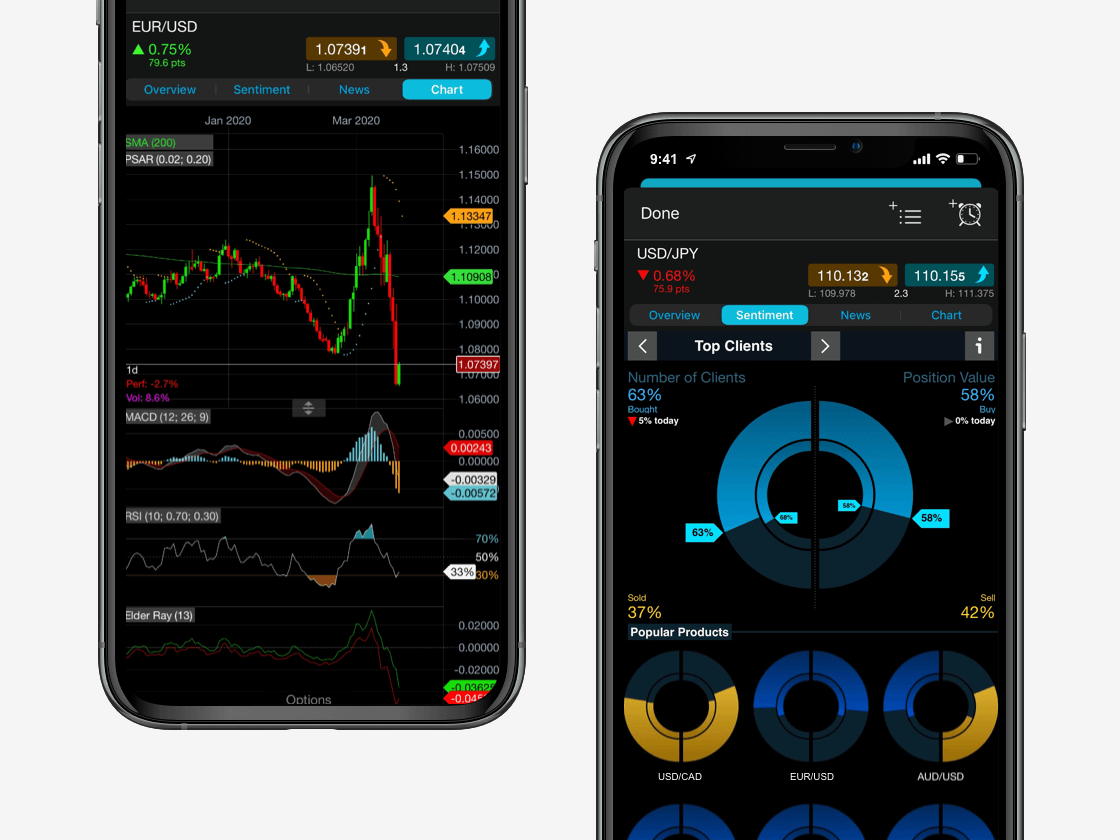High-frequency trading (HFT) is a short-term trading strategy that aims to capture small profits with large position sizes. It affects all market participants, whether they themselves are high-frequency traders or not. Many of the orders that are executed in a marketplace, plus the bid-ask spreads that are seen, are the result of high-frequency traders.
Placing several orders a second, let alone hundreds or thousands, is outside of manual human capabilities. Yet a computer, instructed through a program to place orders or buy and sell in various markets, such as stocks, commodities, currencies and bonds, can easily accomplish this task. That is what HFT represents: primarily computer-driven bids, offers, and transactions with the programmed intent of capturing small profits from the financial markets.
HFT firms are companies that specialise in this form of trading. Since they trade so frequently, all traders have likely transacted with a HFT firm at some point.


















